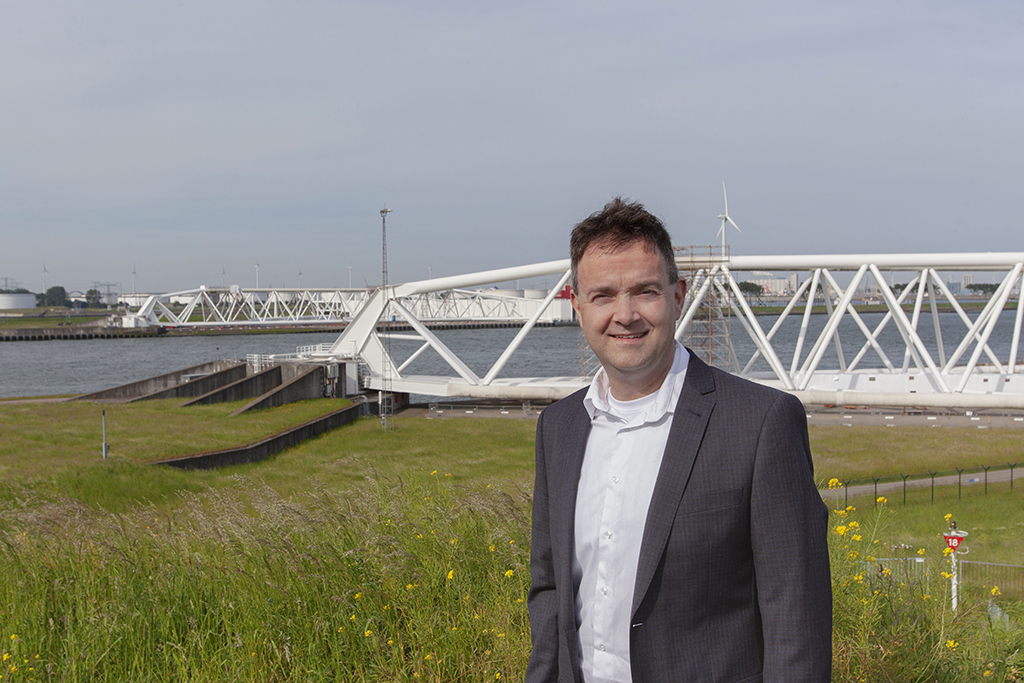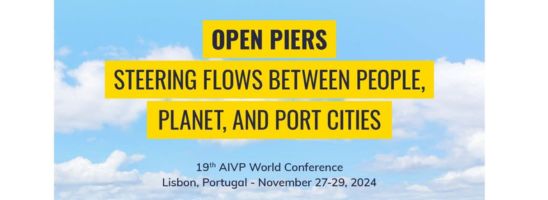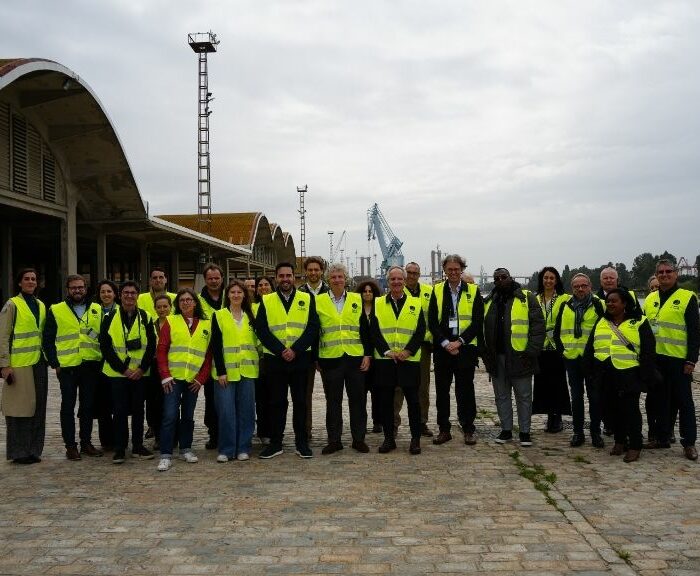(In the cover photo , Mr. Marc Eisma. Photo by Marc Nolte).
We recently shared the news about the port-city collaboration in Rotterdam, to protect the territory against flooding and the sea level rise. In this article, Mr. Marc Eisma, advisor for environmental management in the port of Rotterdam, explains in more detail the port’s adaptation strategy and key measures.
Background
The risk of flooding will rise in the port of Rotterdam and the surrounding areas over the decades ahead as a result of climate change, and in particular the rise in sea level. Current climate scenarios foresee a sea level rise by 2100 of between 35 and 110 cm compared to 1990. The great economic significance and the presence of essential and vulnerable functions in the port area triggered research into the consequences of this.
Areas inside the dykes are protected by a network of dykes and barriers. This does not hold for the areas outside the flood defence system, like the port of Rotterdam. Here businesses and owners of assets themselves bear responsibility for taking measures to limit the consequences from flooding and for any damage that results from this.
Our aim is to ensure that the port of Rotterdam remains a safe place for business. We raise awareness among local companies of the potential threats created by climate change and how to manage the risk of flooding to an acceptable level.
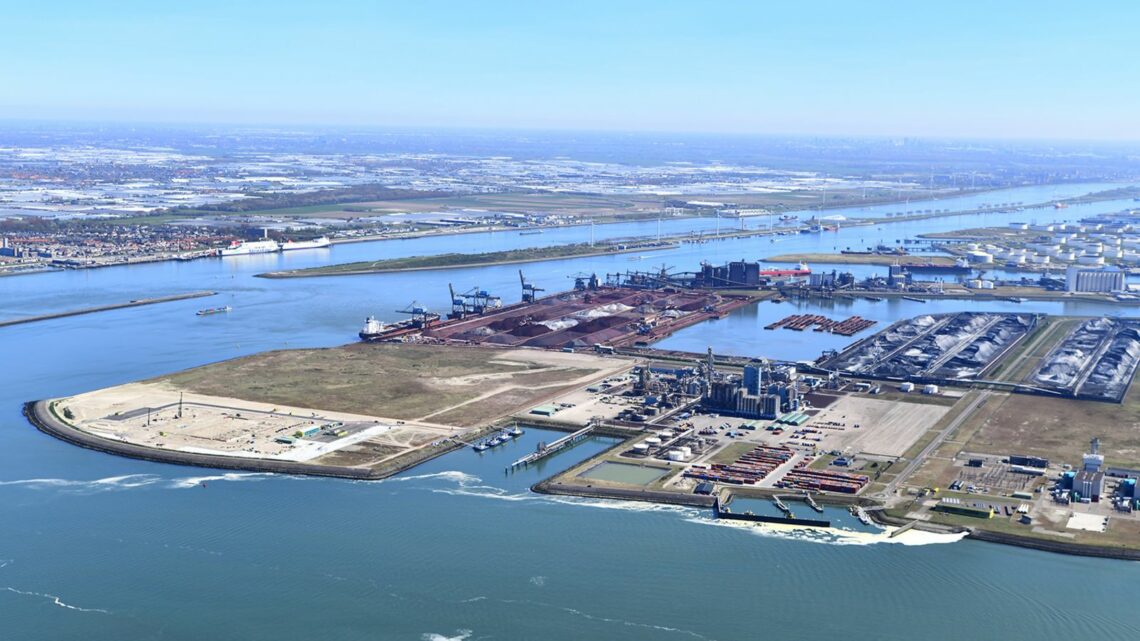
We are a flood-resistant port
While the Rotterdam port area lies largely outside the flood defence system and in open connection to the North Sea, it is currently well protected against flooding. The port area has been constructed well above sea level relatively speaking and is partially protected by storm surge barriers. Only under very extreme weather conditions a small number of companies would possibly suffer flooding. This has never happened in the port to date.
Adaptation Strategy
In order to ensure that the port area remains flood-resistant in the future, we are looking into possible flood risks and how we can prevent or manage this to an acceptable level. We aim to increase the awareness and sense of personal responsibility of users in the area. In considering various climate change scenarios, we are developing an adaptation strategy for coping with flood risk in collaboration with the Municipality of Rotterdam, other governmental organisations, the companies and utility owners. We are mapping out the probabilities and consequences of flooding, weighing up the risks and listing and selecting appropriate measures.
The following port areas are being studied:
- Botlek and Vondelingenplaat (completed 2017)
- Waalhaven and Eemhaven area (completed 2018)
- Merwe-Vierhaven area (completed 2019)
- Europoort (completed 2020)
- Maasvlakte (will be completed 2021)
The adaptation strategies comprise of three types of measures, or a combination of them:
Preventive Measures
Reducing the risk of flooding by taking physical measures, including raising barriers, sites and bank structures (this concerns slopes and quay walls in this area).
Spatial Adaptation
Managing flood risk by preparing sites and assets for a flood by for example raising vulnerable systems or sites and by ‘water proofing’ buildings and assets.
Crisis Management
Agreeing and implementing crisis management and disaster measures in good time, so that a flooding event can run its course in a managed and controlled way, and functions and processes can be restarted again quickly. This concerns drawing up emergency, recovery and crisis management plans and the preparation of emergency facilities.
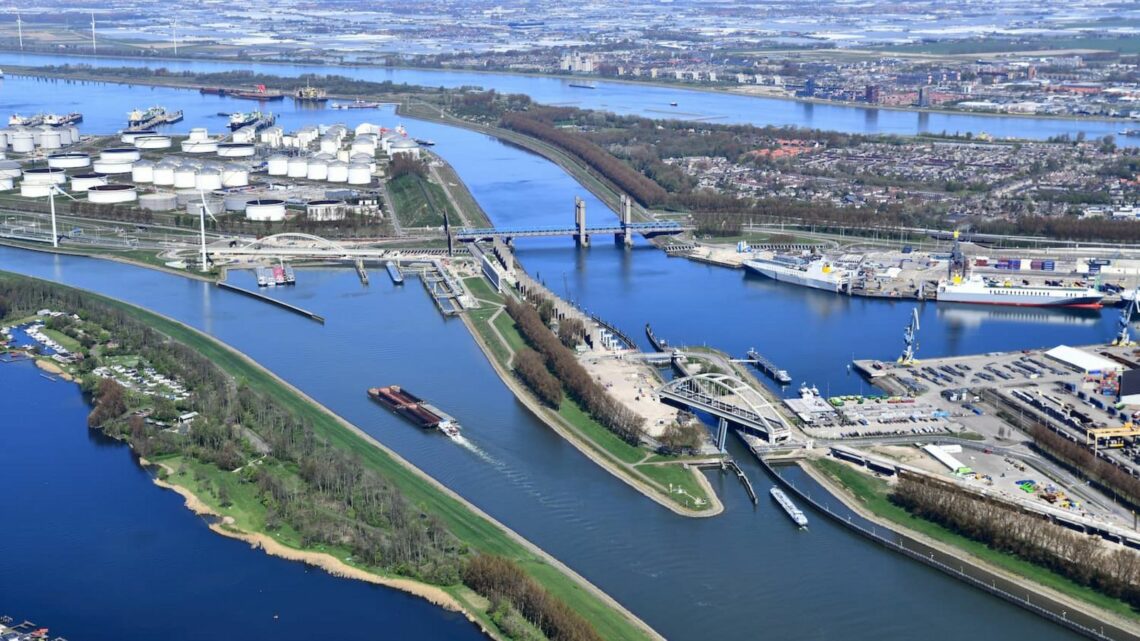
Assessment framework
The risk assessment methodology adopted a matrix-based approach to assessing the consequences associated with the low and high sea level rise scenarios (see figure). The consequence categories included economic damage, environmental damage, risk to life and social disruption. This assessment framework has been specifically developed for the port.
A series of workshops were held to assess the risk from sea level rise induced ocean inundation for a range of port assets and functions. The results show that the main outcome of a possible future flood will be economic damage. This damage comprises both direct damage to buildings, systems and other facilities and indirect damage resulting from business interruption and/or the sub-optimal utilisation of the available infrastructure. There is limited risk of environmental damage and flooding is expected to lead to no human casualties.
In some cases, the indirect damage will actually transcend the afflicted area. Chain effects play an important role in this context, since most companies are linked via pipelines and utilities networks. The various activities are not only closely connected and mutually dependent within the area itself, but also interwoven with activities in the surrounding port areas and beyond. The economic damage is heavily dependent on where the flooding takes place, and the type of company.
Monitoring
We have made use of the best models and data available. Nevertheless, the various adopted methodologies still contain quite a few hypotheses and provisional elements. The types of data used in the study included existing water level, economic, logistics and other data to inform the risk assessment and cost-benefit assessment of options. The project also involved hydrodynamic modelling of storm surges to better characterise the potential impacts of flooding on the port.
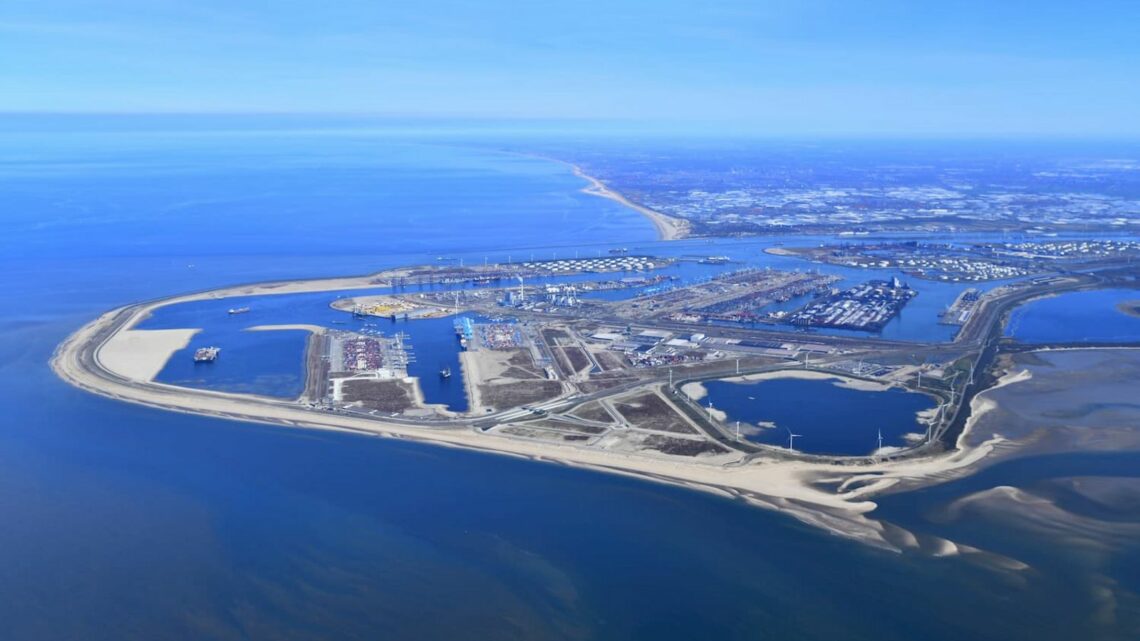
Aerial photo Maasvlakte, Danny Cornelissen. Provided by the Port of Rotterdam.
Adaptation report outcomes
An effective region-wide adaptation strategy combines preventive measures with spatial adaptation and emergency response and tailors each measure to specific characteristics of an area (e.g. with regard to flood probability, the different activities in the area and area dynamics).
It is clear that the port of Rotterdam is taking decisive actions for climate change adaptation, that will allow to anticipate the rise in sea level and incorporate it into further development. Consequently, the port will be able to make responsible investments to maintain its flood-resistant status. At the same time, other initiatives from the port of Rotterdam in the field of energy transition and circular economy contribute to the climate change mitigation, by reducing the port’s environmental footprint.

